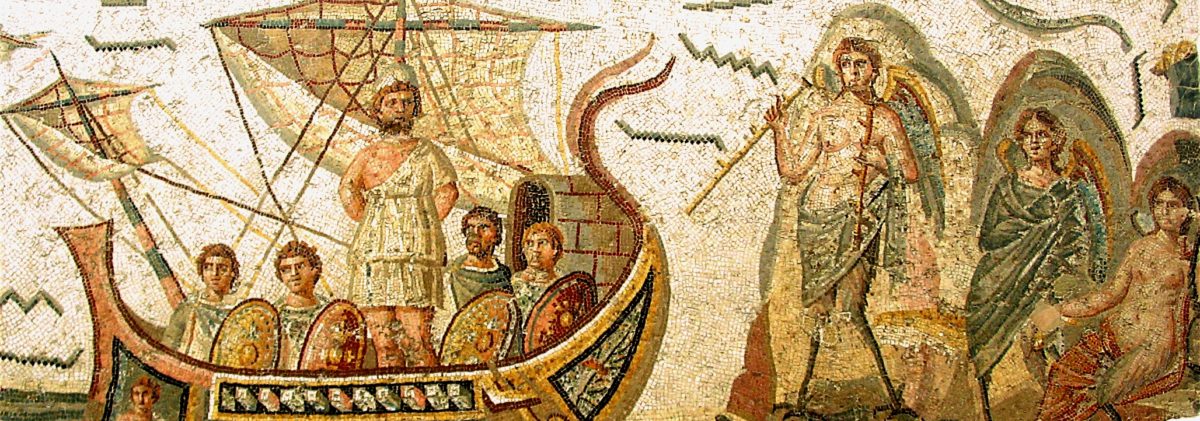I’ve come across a large number of questions on Quora asking how people in ancient times managed to survive during the winter without modern central heating. It seems that many people are just outright baffled by the very idea of people living through the cold of winter without central heating.
The answer to the question of how people survived is fairly straightforward, although there are a few surprises. For instance, some people may not have known this, but there are still people living in relatively cold environments today without central heating. Also, even more surprisingly, some wealthy aristocrats in ancient Rome actually did have a kind of early form of central heating system in their villas.
Continue reading “How Did People in Ancient Times Survive without Central Heating?”









